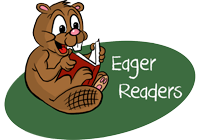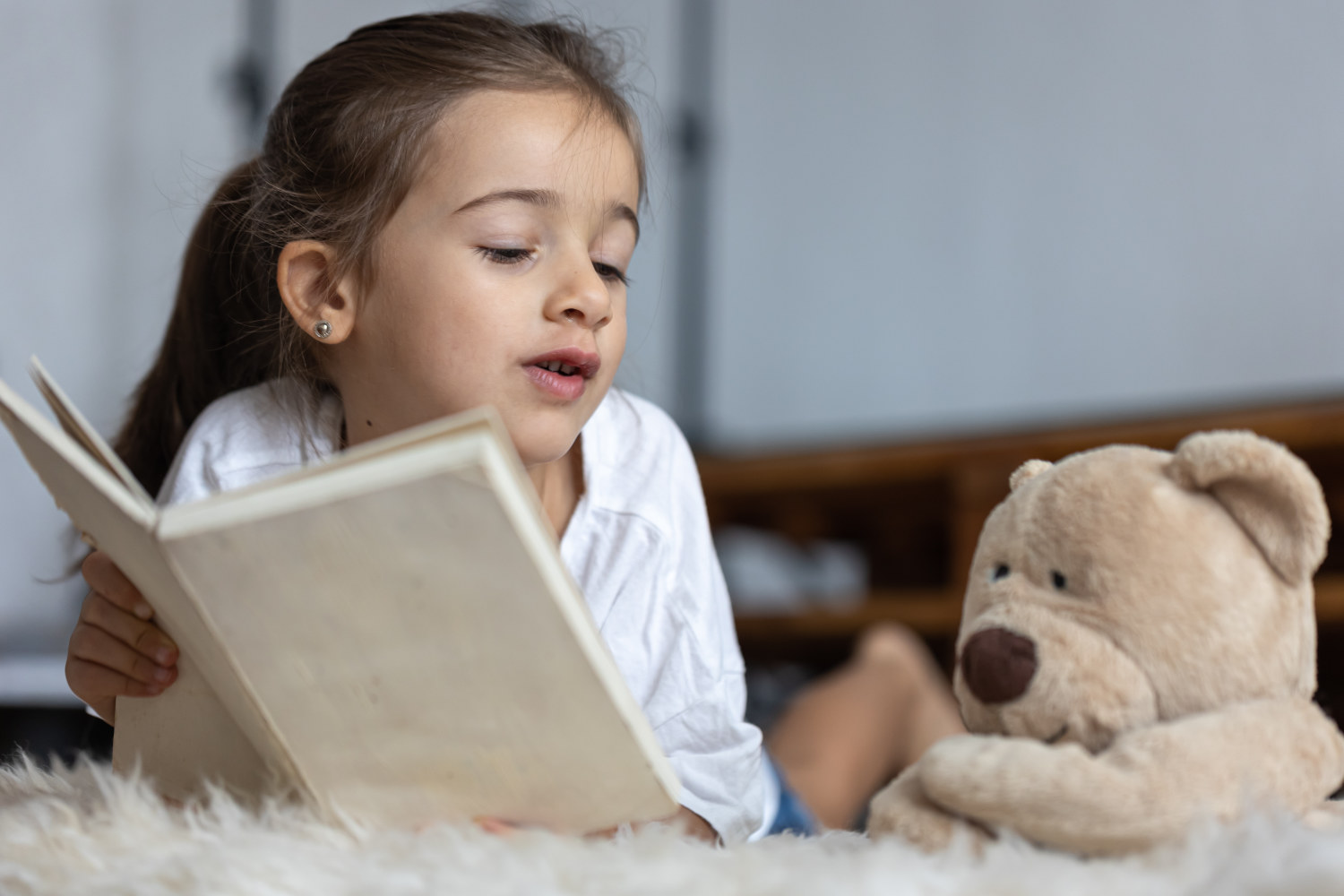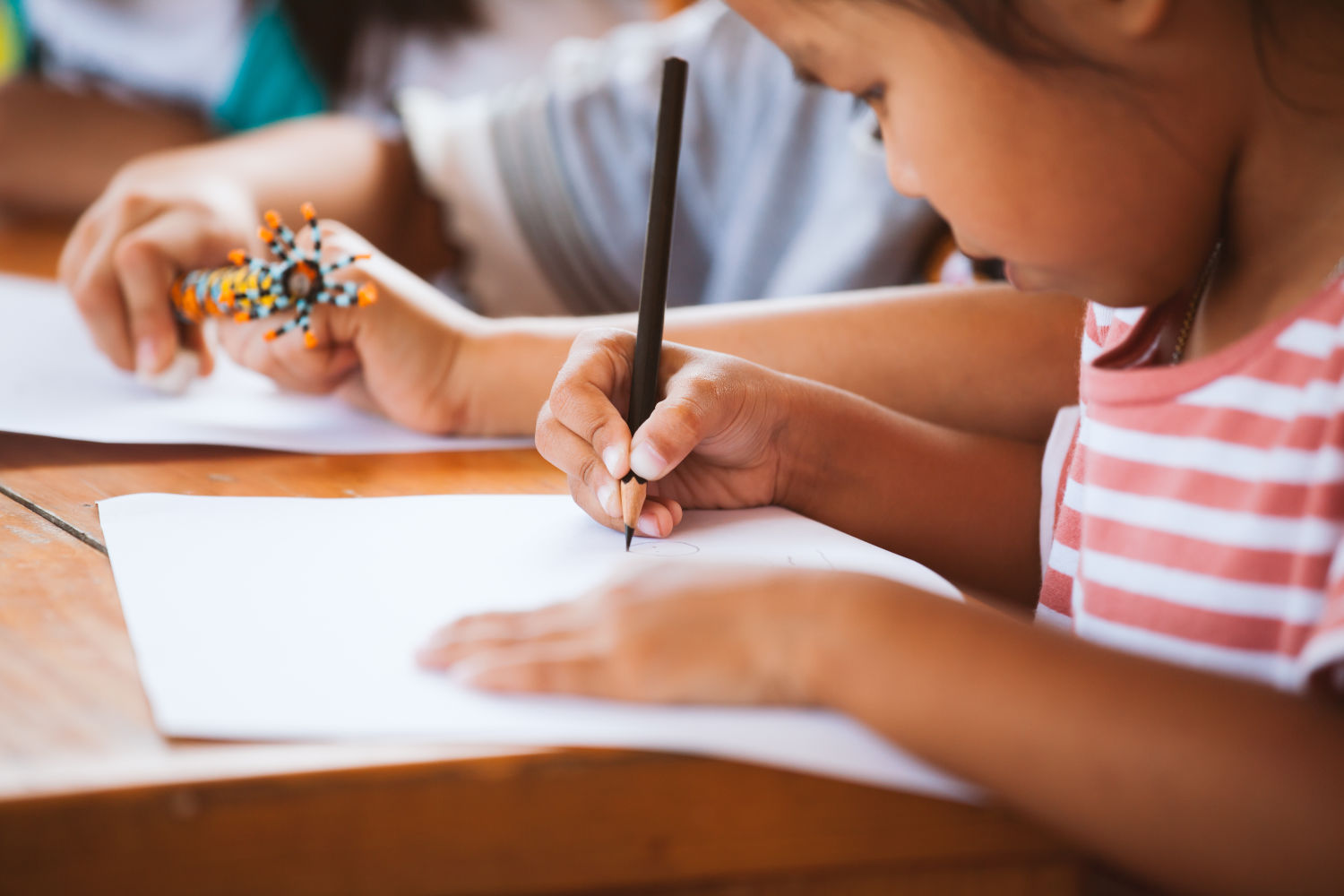The Program
What will my child learn at Eager Readers?
At Eager Readers, your child will learn a variety of skills and concepts that are fundamental to becoming a successful reader and writer. The following concepts are taught across the range of literacy classes we offer:
Phonological Awareness
Phonological awareness is the awareness that spoken language is made up of a variety of sounds. It includes many aspects, such as the awareness of rhyming words, beginning sounds of words, syllables, and understanding that spoken sentences are made up of words. Phonemic awareness is the most sophisticated part of phonological awareness and is the last to develop. It is the ability to break a word into its individual sounds and conversely to blend those component sounds together. Children must have strong phonemic awareness skills in order to apply phonics to spell words for writing.
Phonics
While phonological awareness refers to oral language, phonics refers to printed language. Phonics is the understanding of the relationship between sounds of spoken language and our written alphabet. The application of phonics is necessary for reading and spelling. Phonological awareness is the best predictor of becoming a successful reader and speller, more accurate than the variables of intelligence, vocabulary, and socio-economic status.
Decoding
‘Decoding’ is the act of deciphering words and translating them into speech; in simple terms, it means breaking down words to read them. The goal is to rapidly translate a letter or letter combination (graphemes) into sounds (phonemes). When we read, we can break words into single letters, digraphs, familiar word parts, prefixes, suffixes and other morphemes. The more students know about phonics patterns and how words work, the better they will be at reading them.
High Frequency Words
These are sometimes referred to as sight words, heart words, magic words or tricky words by teachers. It doesn’t matter what you call them, though! These are the words that occur frequently in written English language, so it’s helpful if children can learn to identify these quickly, ‘by sight’.
The problem is, however, that many of these words are too complex for beginning readers to decode phonetically, such as the, was, of, they, you, saw. Furthermore, these words are often meaningless on their own, which makes them difficult to memorise.
That’s why it’s much easier for kids to memorise words like mummy, love, cat, or dog, because they are meaningful. Unfortunately, many teachers still expect children to memorise long lists of words, which research shows goes against best practice for reading instruction. At Eager Readers, we teach high frequency words in a sensible way, analysing these words as we go to build up students’ sight words.
Reading Comprehension & Vocabulary
Although it may seem obvious, reading comprehension is always the goal of reading. It requires both the ability to decode and to comprehend the words that are read. It is not enough to simply read the words on a page, we need to ensure that children are comprehending what they read (or what we read to them) by asking questions to clarify their understanding. This helps build our children’s vocabulary. Whether someone understands something they read, or not, is related to both their life experience and their vocabulary. (Consider how difficult it would be to read a medical journal if one were not a doctor!) Therefore, it’s important that the type of books children read independently is both interesting and comprehensible to them. However, parents and teachers should always read books to children that widen their word knowledge so their own lexicon can develop.
Spelling
Reading and writing are reciprocal processes; therefore, it’s best to teach them side-by-side. While ‘decoding’ is breaking written words down to read them, ‘encoding’ is breaking oral words down to spell them. At Eager Readers, spelling is taught throughout all off our programs. We move from spelling with single-letter graphemes to using digraphs, trigraphs and dipthongs. From the very beginning, children are taught to go from sound-to-letter and letters-to-sound. Following this, spelling is taught through focussed word study. We examine word parts, like onset and rime (also called ‘word families’), as well as study affixes (prefixes and suffixes) and their meanings.
Grammar & Punctuation
Grammar is a huge part of the Eager Readers writing program. Students learn how words, phrases, sentences and paragraphs are connected, structured and punctuated. Along with weekly homework tasks, students apply their new learning in their own written compositions.
Writing Process
Students engage in the complete writing process, including planning, drafting, editing, revising and publishing. Unlike other programs, children get to choose writing topics they’re actually interested in and apply their new skills in the context of their own pieces of writing. We begin with sentence construction, then move to single paragraphs, and finally multi-paragraph texts.
Text Types
Children learn how to compose informational texts that support their writing across the curriculum. Over our various writing programs, students will write a variety of text types, including recounts, descriptive, informative, persuasive, compare & contrast, pros & cons, biographies, and explanation texts.
As you can see, becoming truly literate involves a whole range of skills, most of which need to be explicitly taught.



